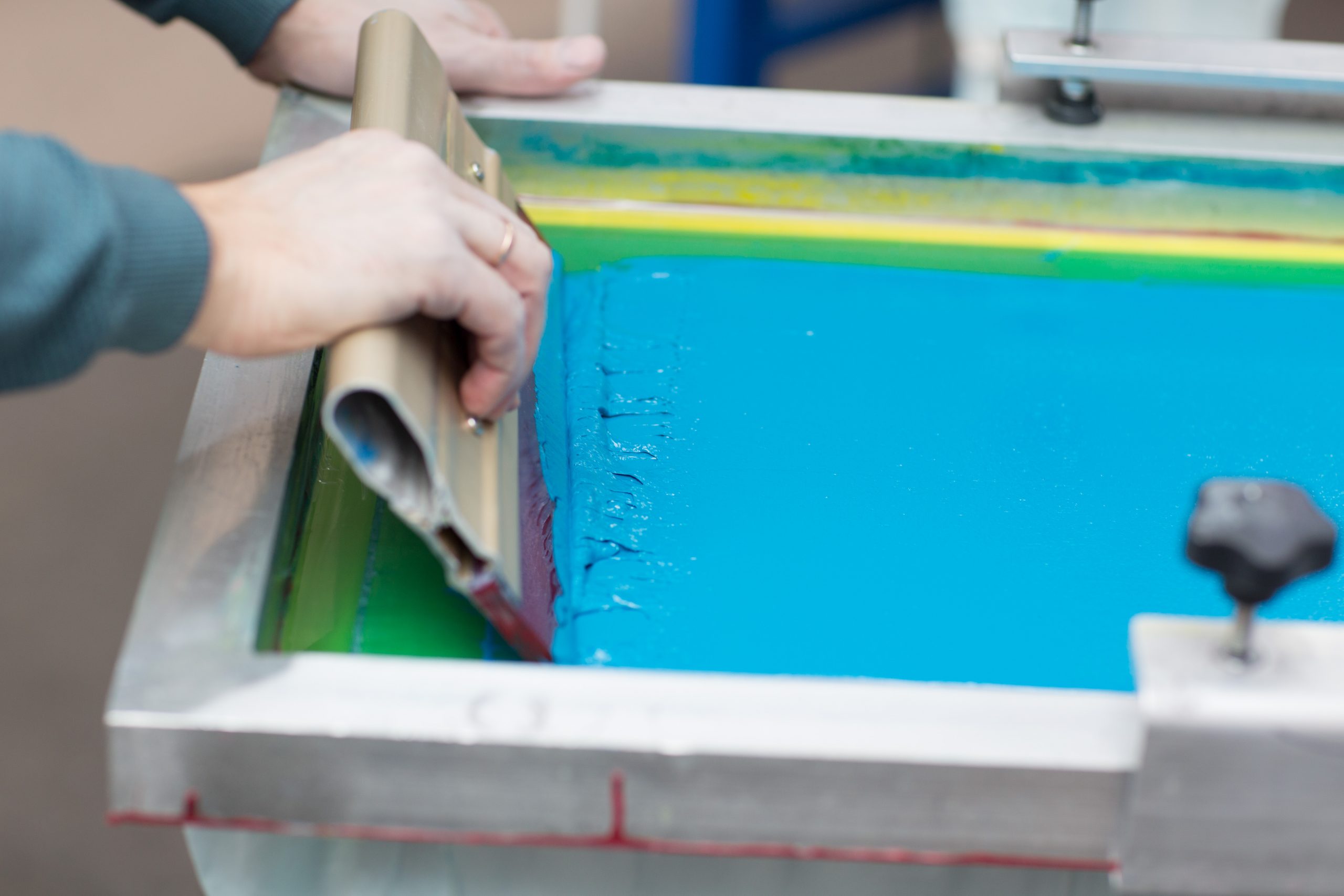
Silk screening, as mentioned earlier, is perfect for a larger number of prints, but is limited to a maximum of 4 unique colours in the design. While, if your product is quite large requiring a big print ( on a T-shirt), screen printing will be more suitable. When you compare screen printing vs digital printing, both methods of printing have their own unique benefits and drawbacks. Pad printing is economical, quick, and ideal for small and high-quality prints. There are other (more important) aspects such as artist’s reputation, edition size, artist’s signature… If you want to dwell deeper into the world of print collecting, make sure to check out our post about determining the value of print s. Also, pad printing is excellent in printing on unusual shapes, like 3-D or uneven surfaces. The printing surface is blocked by this stencil and when ink is applied using a paint-roller or squeegee, the desired image is displayed on the surface.

It’s important to mention that printing methods are just one of the factors determining the artworks’ price. Also known as screen-printing, silkscreening is a printing technique that uses a mesh template and ink-blocking stencil. Andy Warhol, for example, owns a part of his fame to employing then innovative technique of using light-sensitive gelatines to reproduce photographs on screenprints. The use of new and innovative printing techniques also contributes to the value of the print. Needless to say hand-coloured prints are even more expensive. Multi-coloured prints are pricier than black and white ones, since every colour demands the creation of a special plate. That means that etchings and woodcuts are usually priced higher than lithographs and screenprints, as they demand more of an effort from an artist. Prints made in more labour-intensive techniques are considered more valuable than prints that are easier to make. Nowadays, it’s difficult to imagine that any artist would authorize and sell a print that’s not up to standards, but there are still later impressions of historical prints on the market with reduced depth and contrast and therefore diminished the value. Limited editions are made to create scarcity for the print, but also to ensure equal quality of all prints. To avoid problems with worn-down plates, artists produced prints in limited editions. Prints by Goya, for example, are notorious for their lack of quality in later impressions, which is why they are priced less than prints that got off the press early. That’s why many collectors prefer earlier impressions of these prints. Woodblocks, for example, break down around the edges and metal copper plates deteriorate, making lines thinner and impression hazy.

If a printer is looking for shorter runs and needs more complex printing, such as photos or designs utilizing gradations, then digital printing is the preferred option. Lithography, for example, became a popular printing technique because thousands of exact replicas could be made without damaging the image. Silk-screen printing offers a variety of benefits and is typically recommended for designs using at a max of four spot colours, such as logos or simple graphic designs. Some printing techniques allow artists to produce thousands of quality prints.


 0 kommentar(er)
0 kommentar(er)
